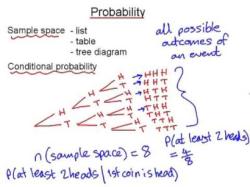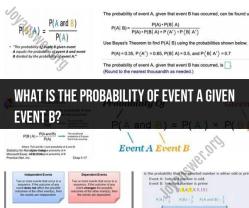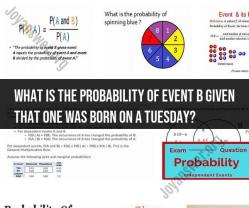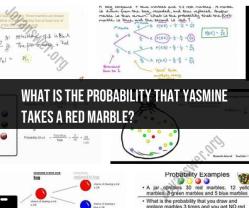How many purple marbles are in a box?
The Purple Marble Puzzle is a challenging problem that requires a quantitative approach to find a solution. In this analysis, we'll break down the puzzle, outline the steps to solve it, and explore the mathematical concepts involved.
Introduction
The Purple Marble Puzzle presents a scenario where you need to determine the number of purple marbles in a bag containing various colored marbles. To solve this problem, we'll utilize mathematical reasoning and apply principles of probability and statistics.
1. Defining the Problem
Clearly state the problem and the information given. In the Purple Marble Puzzle, we are provided with the total number of marbles in the bag, the percentage of marbles that are purple, and the percentage that are not purple. This information forms the basis of our analysis.
2. Setting Up Equations
Translate the given percentages into equations. Let x represent the total number of marbles. The number of purple marbles is 0.4x (given that 40% are purple), and the number of non-purple marbles is 0.6x (60% are not purple).
3. Solving the Equation
Combine the equations to solve for x. Since the total number of marbles is the sum of purple and non-purple marbles, we have the equation x = 0.4x + 0.6x. Solving for x gives us the total number of marbles in the bag.
4. Calculating the Purple Marbles
Substitute the value of x into the equation for purple marbles to find the number of purple marbles in the bag. This value provides the solution to the puzzle.
5. Verification and Sensitivity Analysis
Verify the solution by ensuring that the calculated number of purple marbles meets the given conditions (40%). Additionally, perform sensitivity analysis by varying the percentage of purple marbles and observing how it affects the solution.
Conclusion
The Purple Marble Puzzle demonstrates the application of quantitative analysis in solving complex problems. By breaking down the problem, setting up equations, and utilizing mathematical reasoning, we can determine the number of purple marbles in the bag with confidence.









